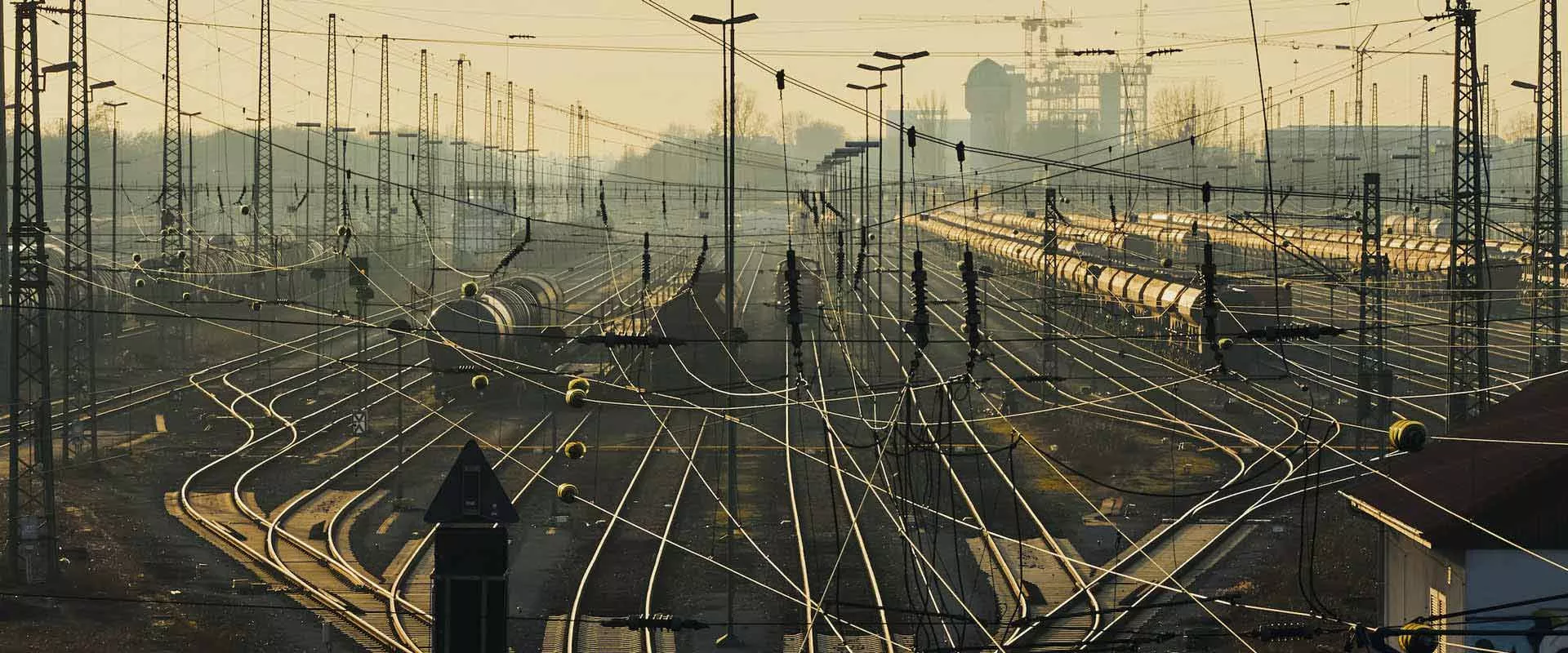
Technical specifications for interoperability
Harmonizing the European railway area requires a clear set of common rules. To meet this need, the EU directive on rail system interoperability created the Technical Specifications for Interoperability (TSIs).
What are the TSIs?
The TSIs are the regulatory texts that lay the technical foundation for the single European rail network.
A path to harmony
To create a single railway area, we need to erase cross-border differences in rolling stock, infrastructure, signalling and safety guidelines. That’s the purpose of the TSIs—a set of European regulations that apply directly in all EU member countries, with no need for national legislation.
A patchwork of systems
Each European country built its own system and has its own way of operating trains. The TSIs can change that. They’ll ensure that signalling is the same from country to country, so trains can be driven the same way anywhere in Europe.
More trains on the same track
TSIs set the technical requirements for safe interoperability between rail system components. And because the TSIs will increase rail traffic, they’ll have a direct impact on decarbonization of transport.
11 TSIs in 3 categories
Structural TSIs
These TSIs cover the physical components of infrastructure (INF TSI); energy (ENE TSI); command and control and signalling (CCS TSI)1; locomotives and passenger coaches (LOC&PAS TSI); and freight wagons (WAG TSI).
Functional TSIs
The functional TSIs apply to organization. They govern rail operations (OPE TSI) and telematic data exchange for passenger and freight service (TAP TSI and TAF TSI).
Transverse TSIs
These TSIs are closely linked to several others. They cover noise (NOI TSI), safety in railway tunnels (SRT STI) and people with reduced mobility (PRM STI).
Q&A with Arnaud Manoury
How is SNCF contributing to the TSIs?
We’re involved in work by the Community of European Railway and Infrastructure Companies (CER), European Rail Infrastructure Managers (EIM) and other EU partner groups. Each stakeholder contributes its own expertise. Under the authority of the European Commission, the European Union Agency for Railways (ERA) works with the rail sector to build consensus and draft proposed regulations.
Does SNCF have other partners?
We work with the French Ministry for Transport and the Directorate-General for Transport, Infrastructure and the Sea (DGITM) to develop France’s position, because votes on regulations are cast by the member states, not the European Commission. We also work with the French Railway Safety Authority (EPSF) and the national Public Transport Union (UTP), which represents French rail and public transport companies.
Why is this work so important?
The involvement of SNCF and other stakeholders is critical to making the system run well. We need to propose technical solutions that really work and ensure that they’re deployed in ways that benefit rail transport.
Which TSI are you working on now?
There’s a lot of work on the Control Command and Signalling (CCS) TSI1, because of the European Rail Traffic Management System (ERTMS). CCS TSI is essential to the interoperability and harmonization of railway signalling. It will have significant technical and financial impacts.
How does the process work?
The first step is to firm up the technical changes we want and draft exact specifications for them. Then the member states propose a plan for transitioning their signalling systems towards the goals set by the EU. Deploying ERTMS will cost tens of millions of euros. The EU won’t cover all of the costs, so it can’t demand a wholesale shift to new technology overnight.
So the TSIs are critical for ERTMS?
ERTMS is a demanding project—a telling example of change that’s led by the EU and executed by the TSIs. ERTMS technology will shape the future of the common rail network. A huge number of experts are putting a lot of energy into analysing the full impact of each proposal, presenting solutions and defending them. Deployment of ERTMS will depend on the industry’s ability to make the transition and the member states’ ability to fund it.
How long does the process take?
It varies widely, depending on the type of regulation and the technical complexity of its object. Frequent updates are essential. Some new technologies, such as digital automatic coupling (DAC) will have such a powerful impact that we may need to completely rework existing TSIs. In other cases, including ERTMS, we’ll need to automate trains, change the radio system from GSM-R to 5G, and more. For innovations like these, you have to think several years ahead to consider every possible perspective.
Experts at work
Before we send our proposed TSIs to the Community of European Railway and Infrastructure Companies (CER) and the other organizations in talks with the European Union Agency for Railways (ERA), we create working groups of SNCF people with the right expertise for each topic. They’re responsible for crafting the best proposals, for both infrastructure and rolling stock, and they bring high-level skills to the task. They also assess proposals from outside France and analyse how they would work in practice.
Exceptions to the rule
In some cases, a TSI can allow for specific national provisions to remain in place. This might include categories of locomotives that don’t meet TSI requirements but can’t be changed for technical, economic or other reasons. Take platform height in the Paris region. Historically, it was linked to the rolling stock on select lines, and now it’s covered by a special provision in the Infrastructure TSI. These exceptions are covered in a formal list.